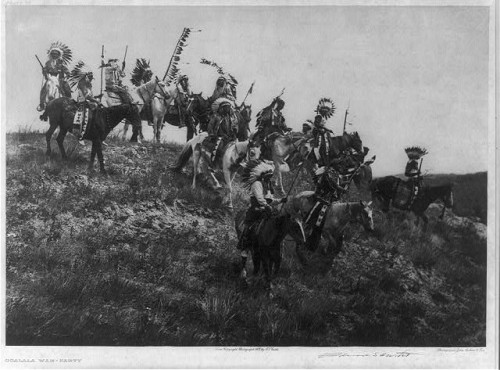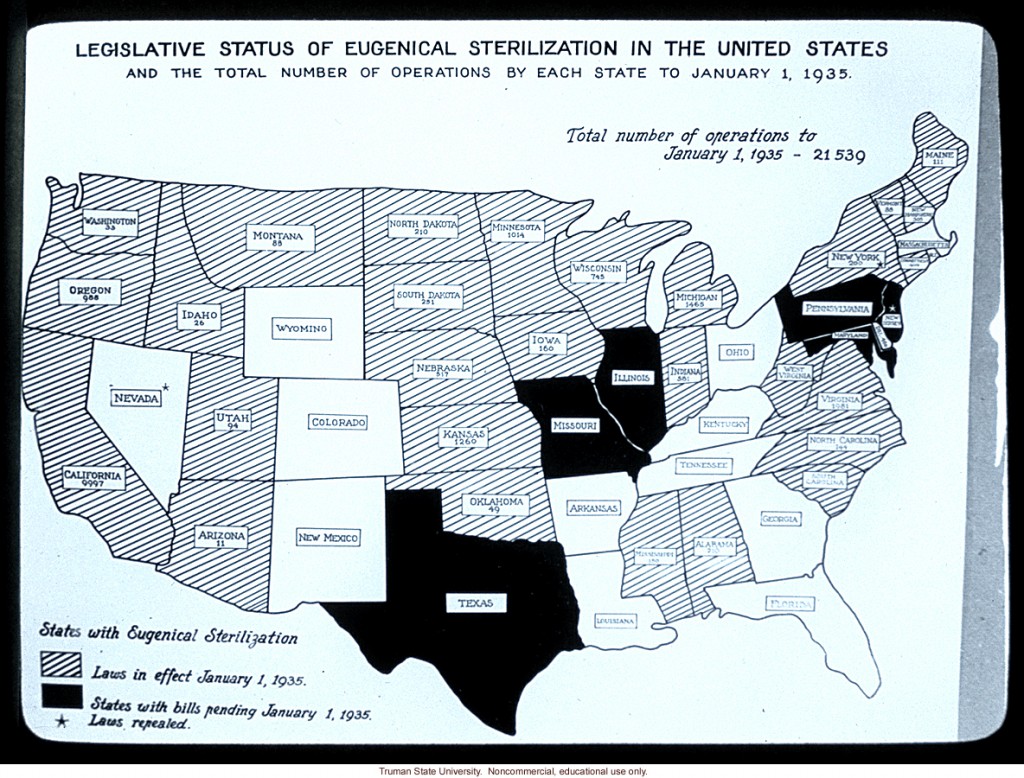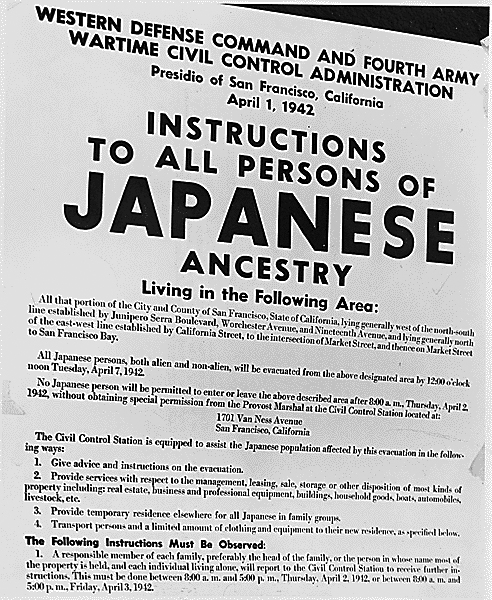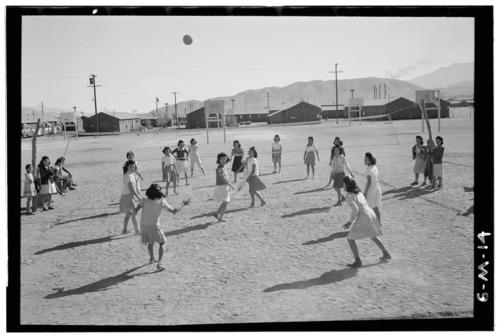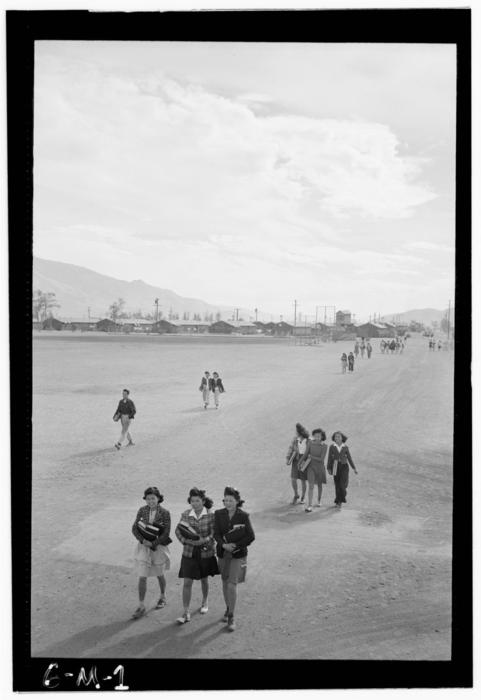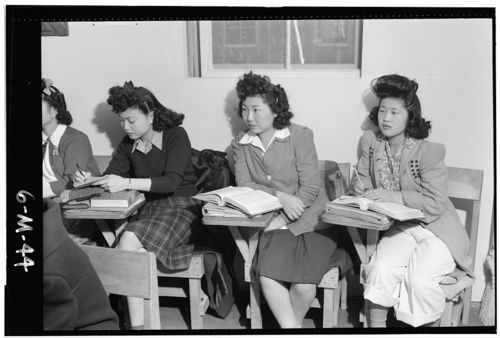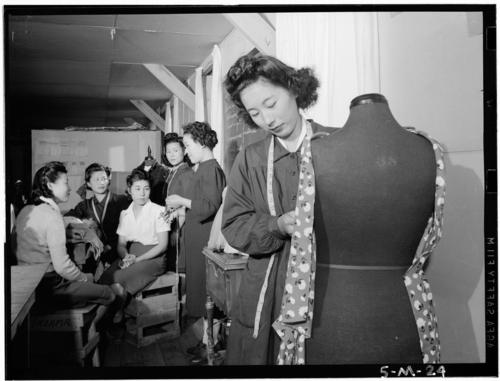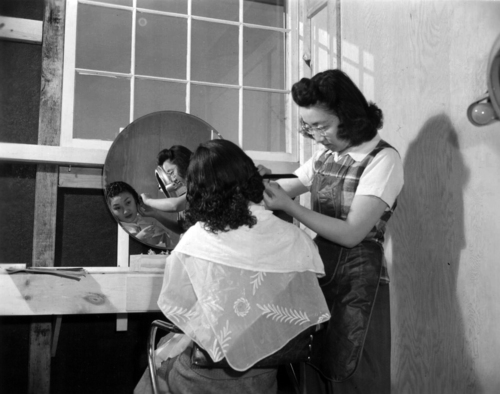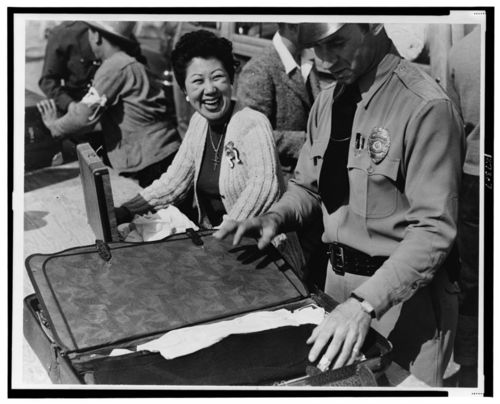Cross-posted at Racialicious.
We owe many iconic images of American Indians to photographer Edward S. Curtis. Growing up in Wisconsin and Minnesota, Curtis began photographing Indians in 1895 and, in 1906, was offered $75,000 by JP Morgan to continue documenting their lives (wikipedia). The 1,500 resulting photographs inevitably impacted the image of Indians in the American imagination.
Later it came to light that Curtis’ photographs weren’t exactly pure representations. In some photographs, for example, he erased signs of modernity. The first photograph below, the un-edited version, includes a clock between the two men, whereas the edited version does not.
Curtis also sometimes staged scenes and dressed paid participants in costumes, as in this photograph:
According to Wikipedia contributors:
In Curtis’ picture, Oglala War-Party, the image shows 10 Oglala men wearing feather headdresses, on horseback riding down hill. The photo caption reads, “a group of Sioux warriors as they appeared in the days of inter tribal warfare, carefully making their way down a hillside in the vicinity of the enemy’s camp.” In truth headdresses would have only been worn during special occasions and, in some tribes, only by the chief of the tribe. The photograph was taken in 1907 when natives had been relegated onto reservations and warring between tribes had ended. Curtis paid natives to pose as warriors at a time when they lived with little dignity, rights, and freedoms.
Curtis’ photographs, then, pushed his subjects back into a false past that non-Indian Americans would misrecognize as authentic for a hundred years.
The problem of misrepresentation of groups who have little power to control their own images is a widespread one. Shelby Lee Adams’ work was mired in controversy, with critics suggesting that he contributed to the belief that Appalachians were backward, imbred, and unintelligent. We might apply the same critical eye to representations of marginalized peoples today, like the representation of Arabs in video games and Italian-Americans on Jersey Shore and spin-offs.
Thanks to Dolores R. and Adrienne at Native Appropriations for the post idea.
Lisa Wade, PhD is an Associate Professor at Tulane University. She is the author of American Hookup, a book about college sexual culture; a textbook about gender; and a forthcoming introductory text: Terrible Magnificent Sociology. You can follow her on Twitter and Instagram.


